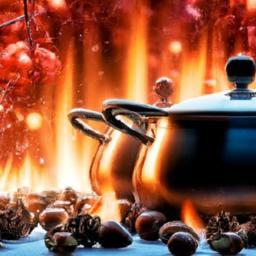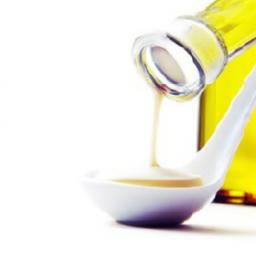Revolutionary Technique to Cook Beef Tenderloin Perfectly Every Time
Today, I’m thrilled to reveal an exclusive cooking strategy for beef tenderloin that will elevate your culinary skills and impress all your guests. Consider this insider tip a special “thank you” for exploring this new passion project of mine.
Origin of the Method: Inspired by Chef Jeff Blank
My inspiration came from Chef Jeff Blank, owner of the acclaimed Hudson On The Bend in Austin, Texas, who introduced me to a fascinating approach called “Hang Over Cooking.” After attending his seminar, I experimented with this technique and was absolutely blown away by the results. Now, I’m eager to share this game-changing method with you, confident it will turn your tenderloin into the centerpiece of any feast.
Equipment You’ll Need
This method requires just two simple tools-both you likely already own:
- A small cooler designed to hold 6-12 canned drinks
- A reliable meat probe thermometer
Prepping Your Tenderloin: Trimming Like a Pro
- Identify and separate the chain: The tenderloin’s chain is a long, thin muscle running along its length. Use your hands to gently detach as much of this chain as possible from the main tenderloin. The thicker, smooth muscle on the opposite side should remain attached.
- Carefully trim the chain: Armed with a boning knife, make multiple shallow cuts starting at the narrow chain end, following the seam. This controlled approach reduces the risk of cutting too deep and preserves most of your tenderloin’s quality. It’s perfectly acceptable to leave a thin strip of the chain attached near the wider end.
- Remove the silverskin: Beginning an inch from one end, slip your knife tip underneath a ½-inch strip of silverskin and gently work it free by holding the silverskin taut and slicing along the meat, angling the knife slightly upward.
- Finalize trimming: Flip the knife blade and cut off any remaining silverskin remnants. Repeat until completely removed.
Tip: Don’t discard the chain-you can repurpose it in other dishes like stir-fries, lending additional value to your purchase.
Cooking Phase: Achieving Perfect Doneness
Select your favored cooking method, be it grilling low and slow, roasting in the oven, or smoking-whether with a stovetop smoker or an outdoor smoker. Regardless of the technique, apply a generous coat of a salt-based seasoning mix to the beef’s exterior for enhanced flavor.
IMPORTANT: Do not allow the internal temperature to rise above rare (125°F). This requires discipline as culturally we often overcook meat, but sticking to this temperature ensures optimal tenderness and juiciness.
Introducing the “Oil Bath Hold”: Maintaining Ideal Temperature and Texture
While your tenderloin approaches 125°F, begin heating two quarts of cooking oil (enough to fill the cooler about one-third) to 140-145°F-vegetable oil works perfectly and is cost-efficient since the oil won’t penetrate the meat. A meat thermometer will help you hit this precise temperature range.
Once the beef hits 125°F internally, transfer it into the preheated oil inside the cooler and seal the lid tightly to minimize heat loss. This “oil bath hold” allows the beef to rest in a perfectly controlled environment, maintaining an internal temperature of 130-135°F (medium rare) for up to 3-4 hours without overcooking.
Why This Technique Works Wonders
- The oil’s viscosity effectively traps the meat juices, preventing moisture loss, which means you’ll serve a substantially juicier steak.
- Because the oil doesn’t penetrate the meat, it doesn’t affect the flavor-so there’s no reason to splurge on expensive oils.
- At a steady 130-135°F, natural enzymatic processes tenderize the beef further, delivering an exceptionally smooth, buttery texture over time.
Before slicing, be sure to blot excess oil off the meat using multiple layers of paper towels.
Exceptional Convenience for Entertaining
This approach offers remarkable flexibility-cook your tenderloin early, place it in the oil bath-filled cooler, and rest assured it will be serving temperature and perfectly medium rare when it’s time to eat. Whether you’re hosting a formal dinner or packing for a picnic, this method frees you from last-minute cooking worries and guarantees consistently outstanding results.
Ready to Elevate Your Beef Tenderloin Experience?
In my experience, this “Hang Over Cooking” technique outperforms traditional beef tenderloin preparation methods, yielding superior juiciness, tenderness, and ease of serving. If you believe you have an even better approach, I’d love to hear about it-your feedback could earn you a special gift!





